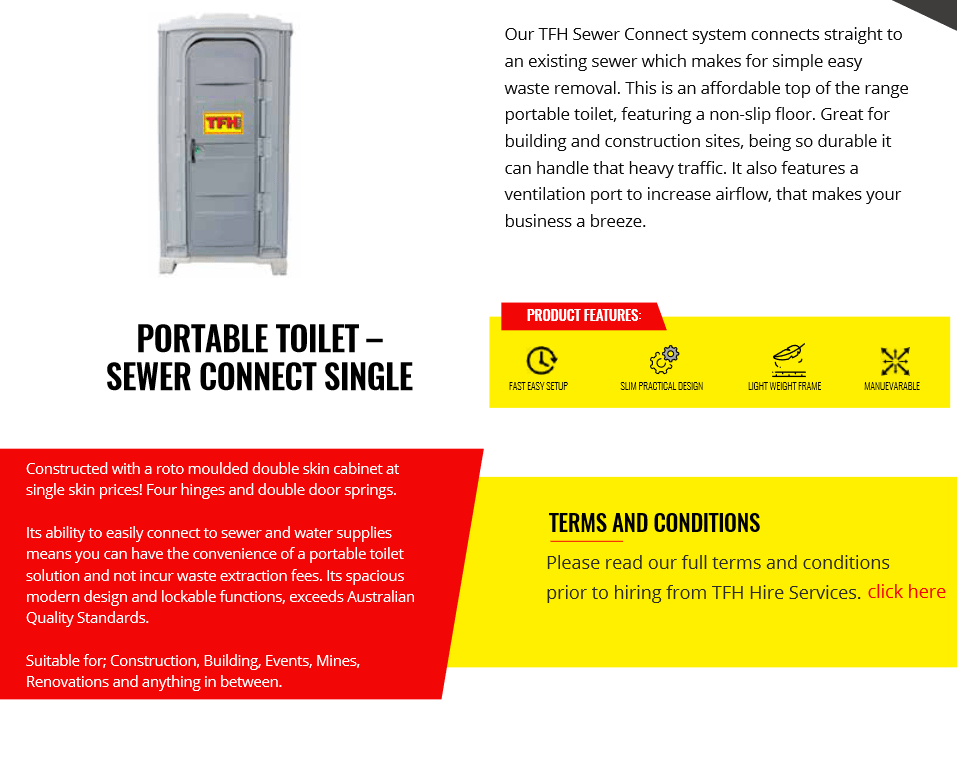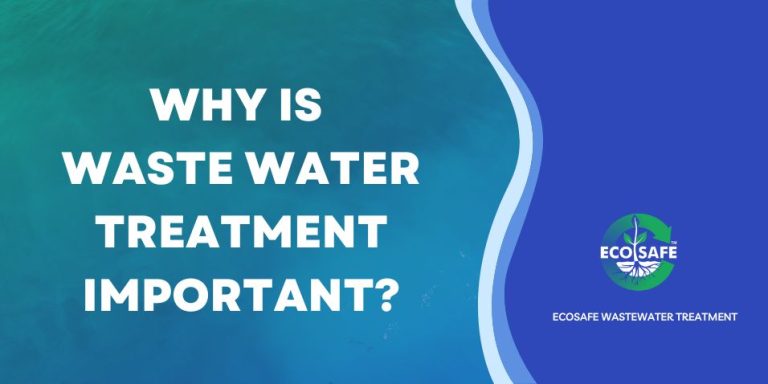Getting The Reclaim Waste To Work
Table of Contents5 Simple Techniques For Reclaim WasteThe Single Strategy To Use For Reclaim WasteTop Guidelines Of Reclaim WasteReclaim Waste Things To Know Before You BuyThe Best Guide To Reclaim Waste
Discover the types, events, and types of fluid waste. Residential sewage waste describes the waste and items from a residential septic tank. This sort of waste is created by human beings in homes, schools, and other buildings. This only consists of sewage-disposal tanks that have a drainpipe field. The correct monitoring and disposal of domestic sewage waste call for fluid waste to be moved to a sewage therapy plant where the correct techniques and equipment are applied to detoxify and deal with waste.
Commercial waste typically includes potential risks, such as flammable products or a mix of liquid and strong waste products, and requires an advanced and in-depth disposal process. The disposal of business waste normally involves the filtering of waste prior to transportation to guarantee safe and correct disposal. Hazardous waste is produced from byproducts and overflow of commercial processes and manufacturing.
This sort of waste can not use the exact same sewer management transportation or processes as septic or commercial liquids. The industrial waste administration process needs the examination and screening of liquid waste before it undertakes the disposal procedure (liquid waste removal). Overflow waste is the liquid waste that comes from drainage and excess stormwater in highly booming locations or cities
Overflow waste can cause contamination and flooding if not dealt with appropriately. Ensuring correct waste administration can stop catastrophes and decrease ecological damage.
The Best Guide To Reclaim Waste
Call PROS Services today to find out about our waste administration and disposal solutions and the proper ways to take care of the liquid waste you produce.
This supposed 'wastewater' is not just a crucial resource yet, after therapy, will be released to our land, waterways or the sea. Utilized water from commodes, showers, bathrooms, kitchen sinks, washings and commercial processes is known as wastewater.

water made use of to cool down equipment or clean plant and tools). Stormwater, a type of wastewater, is runoff that streams from farming and metropolitan locations such as roofings, parks, yards, roads, courses and gutters right into stormwater drains pipes, after rain. Stormwater moves neglected straight to local creeks or rivers, at some point reaching the ocean.
9 Simple Techniques For Reclaim Waste
In Queensland, the majority of wastewater is treated at sewage therapy plants. Wastewater is transferred from domestic or industrial sites with a system of sewage systems and pump stations, known as sewerage reticulation, to a sewage therapy plant.
The Department of Natural Resources suggests city governments concerning managing, operating and maintaining sewerage systems and therapy plants. In unsewered locations, neighborhood governments might need householders to mount individual or house sewer treatment systems to treat residential wastewater from bathrooms, kitchens, shower rooms and laundries. The Department of Natural Resources authorizes making use of home systems when they are proven to be reliable.
Most stormwater receives no therapy. In some new communities, therapy of some stormwater to eliminate trash, sand and crushed rock has actually begun utilizing gross pollutant catches. Wastewater treatment occurs in 4 stages: Eliminates strong issue. Bigger solids, such as plastics and other things wrongly released to sewers, are removed when wastewater is passed through screens.
Utilizes little living microorganisms recognizes as micro-organisms to break down and get rid of remaining dissolved wastes and fine fragments. Micro-organisms and wastes are integrated view it now in the sludge.
Reclaim Waste for Dummies
Nutrient removal is not readily available in any way sewage therapy plants due to the fact that it needs pricey specialist devices. It is coming to be a lot more typical in Queensland. Clear liquid effluent produced after therapy may still contain disease-causing micro-organisms. If this effluent is released right into waterways such as rivers or the sea, the micro-organisms will eventually pass away out.

This typically means wastewater needs to be treated or impurities gotten rid of prior to it can be discharged to rivers. Most wastewater moves into the sewage system. Under the Act, regional governments provide authorizations and licences for environmentally appropriate tasks (Periods) including wastewater launches that could have a regional impact. The department carries out approvals and licences to Ages involving wastewater launches that may have a regional or statewide impact.
The Definitive Guide for Reclaim Waste
Tracking provides valid information regarding water top quality and can confirm that permit conditions are being satisfied. The details gotten via surveillance offers the basis for making water quality choices.
Comments on “Facts About Reclaim Waste Uncovered”